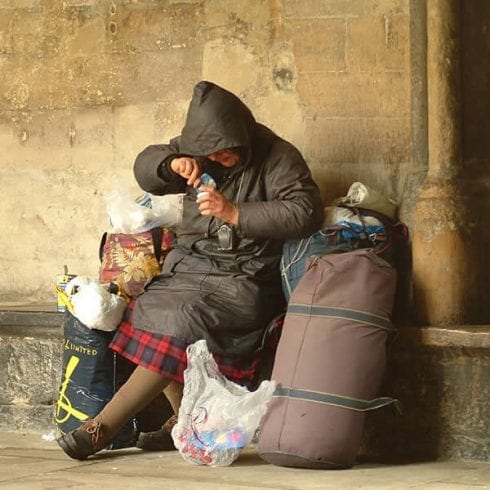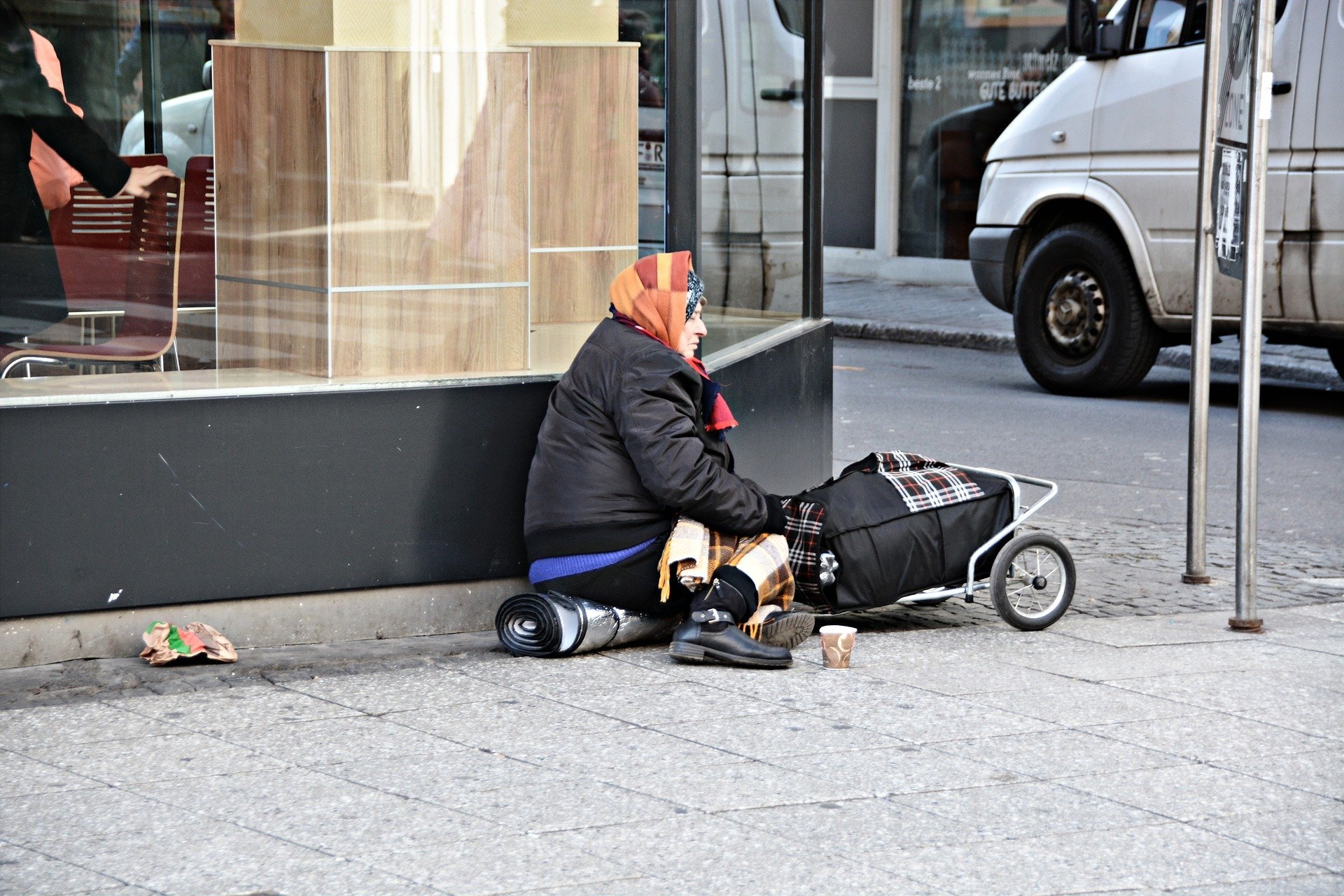ALICANTE province has the second highest relative poverty rate in Spain (28.5%)- behind Almeria- and is among four areas with the highest risk of social exclusion (13.9%).
Too much dependency on tourism is said to be behind those areas with high poverty figures.
The conclusions come from a household income study covering the country which are included in a report compiled by the Ramon Areces Foundation and the Valencian Institute of Economic Research.
READ MORE:
- Spain’s southern regions have the highest risk of poverty in Europe – and tourism mecca Andalucia is the worst off
- Spain has the highest child poverty rate in the European Union, says latest Unicef report

One of the report co-authors, Carmen Herrero, said: “Poverty in Alicante is very bad, with really worrying data.”
“Areas with excessive dependence on tourism represent low levels of well-being,” Herrero added.
On a well-being index, Alicante comes bottom in the group of Spanish capitals with a population between 300,000 and 500,000 people.
The extreme poverty rate in Torrevieja was striking with almost 24% of its population was at risk of exclusion in 2021.
The percentage in the southern Costa Blanca city rises among young people to 33.7%.
Another report contributor, economics professor, Carlos Albert, also highlighted tourism as being a problem.
“Those who live in Benidorm or Torrevieja are people working in tourism like waiters and cleaners, rather than businessmen.”
“The residents have low wages, high inequality rates and there is a lot of poverty,” Albert commented.
The study says that having educational and innovation initiatives such as universities, technology centres and hubs does help improve the income levels of cities.










